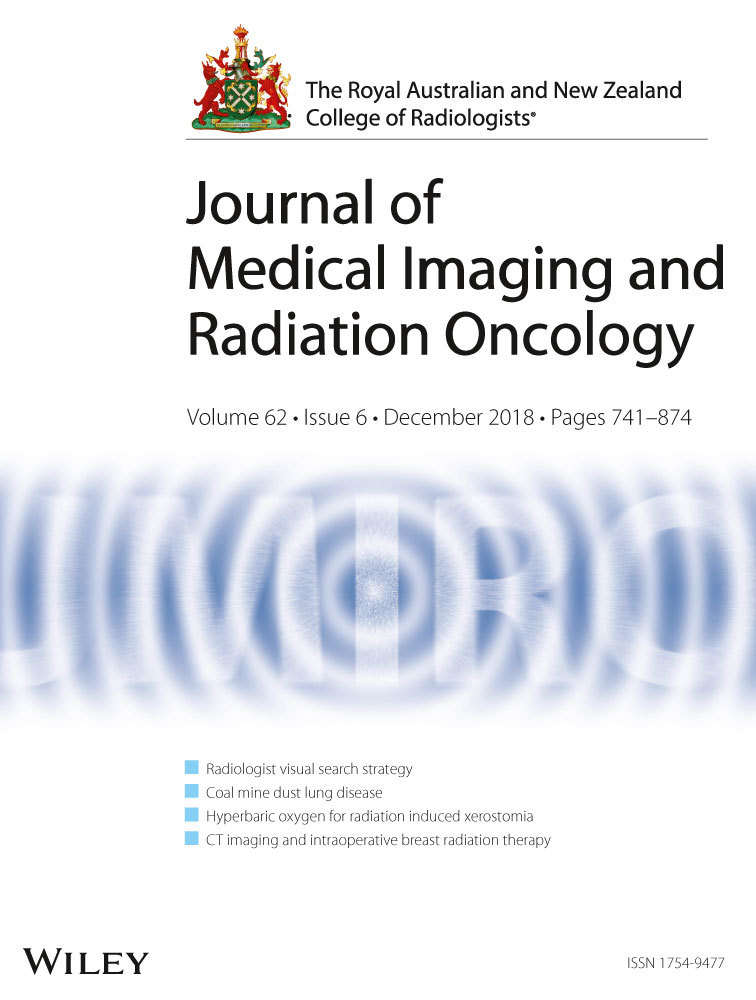Metaphyseal burst sign: A secondary sign on MRI of subchondral insufficiency fracture of the knee
Abstract
Introduction
To describe a novel secondary sign of subchondral insufficiency fracture of the knee, metaphyseal burst sign (soft tissue oedema in the meta-epiphyseal region of the affected condyle).
Methods
An electronic database research of 7926 knee MRI examinations was performed. Forty-eight scans were included in the study. The diagnosis of subchondral insufficiency fracture (SIF) was confirmed in a consensus review by one fellowship trained musculoskeletal (MSK) radiologist and one radiology fellow. The presence of metaphyseal burst sign was evaluated in the cohort.
Results
Forty-one patients were included in the study (21 males, 20 females). The mean age was 61.5 years (range 41–80 years). The anatomical location was medial femoral condyle (n = 28), the lateral femoral condyle (n = 5) and medial tibial condyle (n = 8).
The metaphyseal burst sign was present in 45 of the 48 scans reviewed. The average craniocaudal length of the soft tissue oedema defined as metaphyseal burst sign was 7 cm (range 10.5 to 4.5).
Conclusion
The metaphyseal burst sign is an early, indirect sign of SIF.




